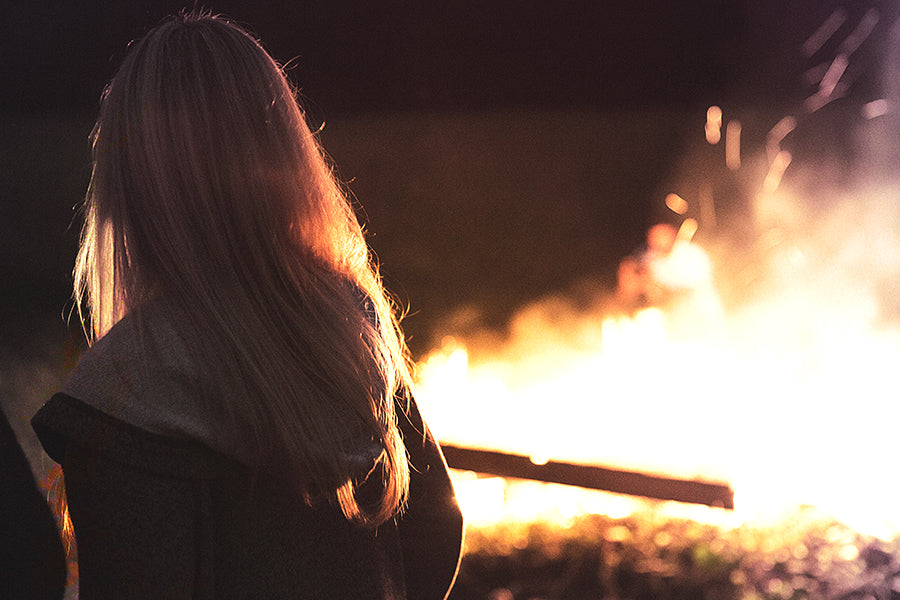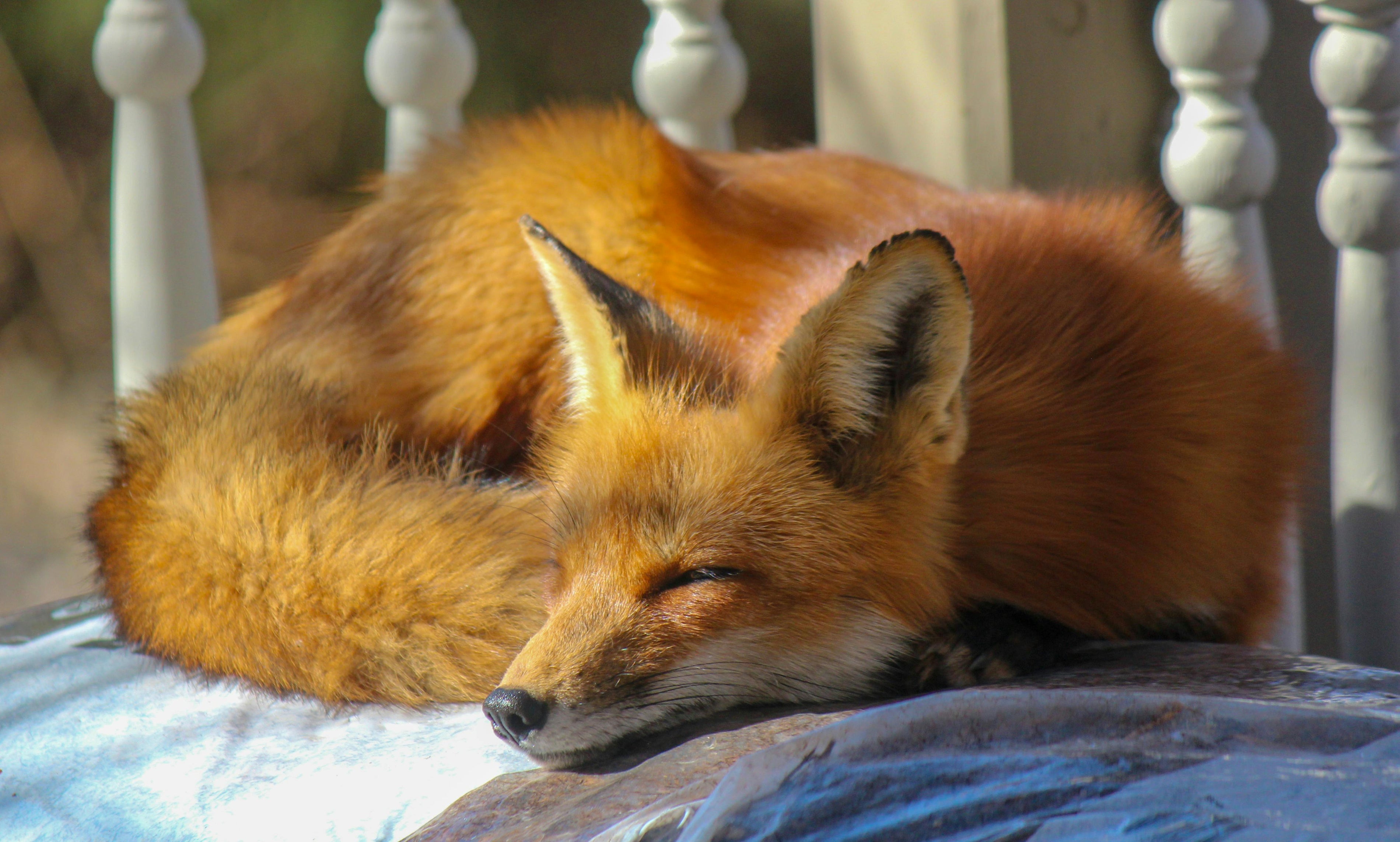As spring begins to dawn, many cultures around the world are preparing to celebrate the return of sunshine and the brighter months. For the Celtic peoples, especially the Gaelic peoples, in Ireland and Scotland, this time of year marks the celebration of Beltane, a festival that dates back thousands of years. In this article, we’ll take a look at the origins, traditions, and modern celebrations of Beltane, providing you with everything you need to know about this legendary Celtic festival on May Day.
1. The origin of Beltane: an ancient festival
Beltane or Beltaine is a very old Celtic festival. Its oldest theoretical source is the Coligny Calendar (2nd century AD), which was found in France by chance in 1897, in Ain. It is a lunisolar calendar from antiquity , probably druidic, which references the “high” moments of the civil year including the Samonios festival, the opposite of Beltaine (November 1st).
Among the Celts , the year is divided into two: the Light Season (which begins at Beltaine, May 1) and the Dark Season (which begins at Samonios, November 1).
The existence and celebration of Samonios in the 2nd century leads us to believe that Beltaine was already celebrated at that time.
But its attested existence comes to us from the Gaelic peoples , the island Celts of Ireland and Scotland. Its first mention in medieval literature dates back to the 15th century in the Maitland Manuscript. As is often the case with these manuscripts, they only describe older festivals, which had until then been transmitted by popular wisdom, region by region, sometimes village by village.
Beltane celebrated the return of the powerful sun, and the fertility of the fields finally freed from the paralysis caused by winter. It is a solar festival that marks the beginning of the light season.
A Celtic festival, it is also sometimes celebrated on the Continent, under other names, such as in Asturia, Belgium or Germany.
2. Fire, a central element of Beltane
Fire is a central element of the Beltane celebration. It represents the return of the sun and the renewal of life. In ancient times, it was common for people to light bonfires, and tradition dictated that people would jump over them to cleanse themselves of the dross of winter.
A sacred and protective element of men, Fire also represents passion, and Beltane has sometimes been presented by the church as a pagan festival of debauchery and sexual lust, without any serious text being able to affirm it. In reality, Beltane was above all a date renowned for lovers, who could either
to undo, or charm, or make their wishes, on this particular date. And if Beltane was undoubtedly celebrated in many ways in pre-medieval and medieval times (torch ceremonies, animal sacrifices in the countryside… not always joyful things, we grant you) we must not forget its spirit, to positively readapt it to our times.

This is good, because this is exactly what the Celtic countries do, which still celebrate it today. For example, in Edinburgh, the Beltane Fire Festival is held every year!
Whether in Ireland or Scotland, it is the central hearth, the sacred fire, which returns as the main theme of the festivity. Often, the flames rise high, very high, until they lick the stars; other times, they become lower when tradition dictates that people jump over them to purify themselves.
3. Beltane and the month of May, love and solar poetry
We have seen its origins and talked about fire, the central element of Beltane. But its themes, what does this celebration offer us, what are they? In opposition to the dark season, Beltane is a bright celebration of hope, enthusiasm, fertility and prosperity! Like the month of May, which sings in our old French countryside the maxim "In May, do what you please".
In other words, Beltane is the assurance that our strength will return! That's why during that night, we danced and sang without stopping!
It is an annual celebration that encourages us to pick up our torch, to come out of our sweet winter lethargy and truly take back control of our lives! We celebrate spring when it is most beautiful, because everything at this time of year calls for poetry: birdsong, thick and green foliage, flower crowns, lovers dancing… and sometimes also the smell of the ground after the spring rains.
As you can see, at Beltane, as throughout the month of May, we celebrate life and its pleasures!
4. The Oak King, the Green Man
The Green Man is a mythical figure from the Celtic Isles, often associated with Beltane since medieval times. He is the personification of nature and the cycle of life, death and rebirth. In some traditions, people dress up as the Green Man during Beltane celebrations, carrying green leaves and branches to symbolise the growth and vitality of the earth. He is in contrast to the Holly King, who rules the dark season. While this is a fun tradition, it is important to note that it is a recent addition, which has been taken up and re-imagined by us moderns.
5. Spiritual Meaning of Beltane
Besides the oft-named Fire, other elements are part of the Celtic folklore of Beltane. And these elements are not only linked to the insular Celtic culture. They are also found in our old countryside, under other names.
As we like to remind you at Runes de Chêne: we must always keep in mind that old traditions, although common in their theme, are often celebrated with nuances between each region, sometimes each department or valley. And it is this plurality of culture that is incredible. So beware of those who would sell you these festivals as a general truth across Europe. The themes are common to the peoples, but these old celebrations are above all a matter of land, ethnic groups, clans and meanings ... and local festivals are sometimes even richer than national festivals. Why? Because they are often anchored in reality, in the history of men and women, their fears and their hopes, and they therefore echo the "Near" and not the "Far" ... Okay, let's stop the philosophical parenthesis there, and we'll talk to you again about Beltane!
🔥 Fire thus represents:
- Passion (creative, romantic, sexual)
- Purification (fire hurts, but it cauterizes wounds and tools)
- Creation (we forge with fire, we cook with fire, and the ashes enrich the earth)
- Strength (lightning was a fire from the sky, wine a liquid fire, in antiquity. Fire is a symbol of the strength of nature)
- The light… because yes, we are celebrating the end of the dark season here.
6. Beltane Symbols

What would Beltane be without its usual accessories and symbols? If we are accustomed to Lily of the Valley on May 1st in France (an ancient custom of luck, linked to the myth of Apollo), Beltane adds some very characteristic elements:
- 🌸 Flowers, in crowns, in bouquets… it’s the rebirth of Nature!
- 🌱 Seeds and buds, everything that carries life!
- 🎀 Brightly colored ribbons, worn in hair or on dresses.
- 🐝 Bees, which, although not a little-known French emblem (symbol of the Merovingians and Clovis), carry within them the pollination of flowers and their reproduction.
- 🌿Lemon balm, Roses, Violets, Lily of the valley, Daffodils, Daisies…
And if we made a mythological connection, the associated gods would be luminous or reborn gods, like Belenos or Belisama in Gaul, or even Isis , whose cult was sometimes present in our territory in antiquity.
6. And what do we eat at Beltane?
What would an ancient celebration be without a feast and drink? Not much. Because food brings people together, warms hearts, and above all, soothes troubled minds!
Thus, the Beltane celebration was not stingy with culinary customs, and usually included oat and honey cakes, seasonal fruits, mead or wine.

7. How to celebrate Beltane?
First of all, let's break a myth: Beltane is not celebrated ONLY on May 1st. In reality, some regions celebrate it earlier or later. Not out of a desire to annoy everyone, but just to be in line with the awakening of Nature, which is not reborn identically everywhere in Europe. What matters is the month: May!
If you are interested in celebrating Beltane but can't attend a public event (Edimbourh is a long way away - and I doubt the Mayor of your little village would be keen on the idea), you still have one option: rediscover and re-celebrate Beltane for yourself. Afraid of making a mistake? Don't worry. Beltane has evolved many times, and is never celebrated the same way. What matters is keeping the spirit alive.
In fact, reclaiming these old holidays has always been about that. Making the spirit of the party triumph, before getting bogged down in its celebratory codes.
And by the way, before you get too worked up, check that your neighboring villages don't already have small local celebrations, village festivals or old customs. It's always interesting, and sometimes full of good surprises, especially in the North-East of France. In Touraine too, you should easily find that.
Finally, since we're not mean at Runes de Chêne, we're also going to give you some ideas for doing this with friends or family, and above all, while having fun!
But what is this spirit of Beltane? Having fun, celebrating the simple pleasures of life, reconnecting with the solar forces of Nature, purifying oneself from the dross of winter. And it is something that we can do alone, or with those close to us.
Of course, not everyone will be able to make a bonfire. But that doesn't matter. Here's a list of things to do to celebrate Beltane your way:
- 🕯️ Light candles on Beltane night. Not a small flickering flame, no, treat yourself.
- 💃 Dance , with your loved ones, your friends. We are a society that no longer dances. However, dancing is life. So put aside the ridiculous, and even alone, move!
- 💐 Pick flowers and make crowns. Maybe like Katia in the Runes de Chêne team, you don't really like cutting living flowers. We respect that. But keep in mind that life and death are intrinsically linked, and without death, there is no life. The flowers will be reborn the following year. So enjoy yourself.
- 🏔️ Do activities outside your home : walk, hike, picnic… Beltane is an outdoor celebration. And if like here at the moment, it rains, too bad, brave the rain!
- 🎗️ Hang ribbons on a tree. Well, we recommend it if the tree belongs to you, or if you can remove them later, when you leave. But large colored ribbons hanging on a tree are beautiful, and they make you want to walk around them!
- 🏺 Cook ! Use fire (electric, of course… but didn’t they say that lightning was fire, in ancient belief?) to concoct small seasonal dishes, even if it’s just for you.

9. Conclusion
Beltaine is a festival with ancient roots but its theme, connected to the earth and Nature, to our place in the world and our rootedness, resonates perfectly with our modern, uprooted lives. Whether you choose to celebrate in a group or at home, honouring the return of the sun and the fertility of the earth can be a meaningful way to connect with the natural world and celebrate the changing seasons. So why not?
FAQs
Q1. When is Beltane celebrated?
Beltaine is traditionally celebrated on May 1st, although some modern celebrations may take place on different dates.
Q2. Is Beltane only celebrated in Ireland and Scotland?
Although Beltaine has its roots in Celtic mythology and is traditionally associated with Ireland and Scotland, it is now celebrated by many people around the world who are interested in Paganism, Wicca or Celtic spirituality.
Q3. What does the word "Beltaine" mean?
The word "Beltane" is derived from the Old Irish "Belt-aine" or “Beltine,” which translates to "bright fire." This refers to the importance of fire in Beltane celebrations and the festival's association with the sun.
Q4. Is Beltane a religious holiday?
Beltane has a powerful spiritual meaning, but we would not associate it with religion. From the Latin Religiearie “That which connects”, monotheistic religions have often shone by their dogmatism (do this, do not do that). Whereas the old European celebrations, even if they were religious in the past, are above all a matter of evocation and ideas, philosophy and myths.
Q5. What are some ways to integrate ecology into Beltane celebrations?
This is a question that can raise a smile for those who live in the countryside and have been involved in ecology for decades, without even asking themselves the question. But in a time of ecological anxiety, it is good to give ideas and hope, especially to city dwellers, in order to combine ecology and spirituality.
For Beltane, as for all other festivals, we can therefore mention the use of ecological and natural decorations (go to the forest, it's free!), the preparation of feasts based on local foods (farmers' circles, village markets, small producers, wild picking, short circuits...), the wearing of low-impact clothing (natural materials, recycling, bartering, short circuits, ecological clothing, Oak Runes t-shirts...😶) and obviously, the most important: feeling less guilty.
The ecological crisis is also a moral and identity crisis, where man must relearn to live in harmony with nature. Without necessarily painting the picture of a Nature that is always good and innocent (Nature is neutral for man, both a protective mother and a cruel enemy), it is good to question our place... and the strong need to re-root ourselves in a land, a place. Because a rooted people is a people who take care of their environment, their land, their forest, their water... because they know that one day they will have to bequeath it to their children.
Happy Beltane everyone!





1 comment
Merci